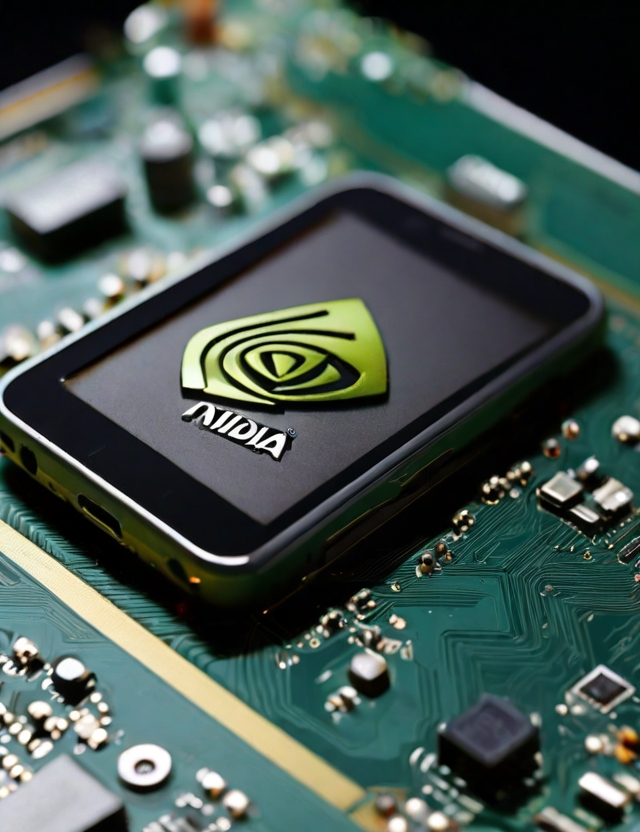In recent times, Nvidia, the leading graphics processing unit (GPU) manufacturer, has been making waves in the financial markets. The company’s stock market value has surged dramatically, reaching unprecedented heights. This article delves into the reasons behind Nvidia’s remarkable growth, its impact on the market, and what lies ahead for the tech giant.
Understanding Nvidia’s Growth
Historic Growth Overview
Nvidia’s journey to becoming a tech behemoth has been nothing short of extraordinary. From its humble beginnings in 1993, the company has consistently pushed the boundaries of innovation in the GPU market. Its revolutionary graphics cards have not only dominated the gaming industry but have also found applications in artificial intelligence (AI), data centers, and autonomous vehicles.
Factors Driving Growth
Several factors have contributed to Nvidia’s meteoric rise. The increasing demand for high-performance computing solutions in various sectors has propelled the company’s growth. Moreover, Nvidia’s strategic acquisitions and partnerships have enabled it to diversify its product offerings and penetrate new markets effectively.
Impact of Nvidia’s Growth
Market Value Surge
Nvidia’s recent surge in stock market value is nothing short of historic. The company added a staggering $250 billion in market capitalization, cementing its position as one of the most valuable tech companies globally. This unprecedented growth has attracted the attention of investors and analysts alike, sparking discussions about Nvidia’s valuation and future prospects.
Implications for Investors
For investors, Nvidia’s stellar performance presents both opportunities and challenges. While the soaring stock price may seem enticing, it also raises concerns about the sustainability of such growth. Investors must carefully evaluate Nvidia’s fundamentals, market dynamics, and competitive landscape before making investment decisions.
Nvidia’s Future Outlook
Expansion Plans
Looking ahead, Nvidia shows no signs of slowing down. The company has ambitious expansion plans, including further investments in AI, data center solutions, and gaming technologies. Additionally, Nvidia’s recent acquisition of ARM Holdings positions it as a dominant player in the semiconductor industry, opening up new avenues for growth and innovation.
Challenges Ahead
However, Nvidia’s path to continued success is not without challenges. Regulatory scrutiny, supply chain disruptions, and intensifying competition pose significant risks to the company’s growth trajectory. Moreover, maintaining its reputation for cutting-edge technology and superior performance will require relentless innovation and strategic execution.
Conclusion
In conclusion, Nvidia’s unprecedented $250 billion surge in stock market value underscores its position as a powerhouse in the tech industry. The company’s relentless innovation, strategic partnerships, and expanding market presence have propelled its growth to new heights. While challenges lie ahead, Nvidia’s future outlook remains promising, attracting investors seeking exposure to the forefront of technological advancement.
FAQs
- How did Nvidia achieve such a significant increase in market value? Nvidia’s growth can be attributed to factors such as increasing demand for high-performance computing solutions, strategic acquisitions, and partnerships.
- What sectors are driving Nvidia’s growth? Nvidia’s growth is driven by sectors such as gaming, artificial intelligence, data centers, and autonomous vehicles.
- What are the implications of Nvidia’s market value surge for investors? Nvidia’s market value surge presents both opportunities and challenges for investors, who must carefully evaluate the company’s fundamentals and future prospects.
- What expansion plans does Nvidia have for the future? Nvidia plans to invest further in AI, data center solutions, gaming technologies, and expand its market presence through strategic acquisitions.
- What challenges does Nvidia face in maintaining its growth trajectory? Nvidia faces challenges such as regulatory scrutiny, supply chain disruptions, and intensifying competition in the semiconductor industry.



